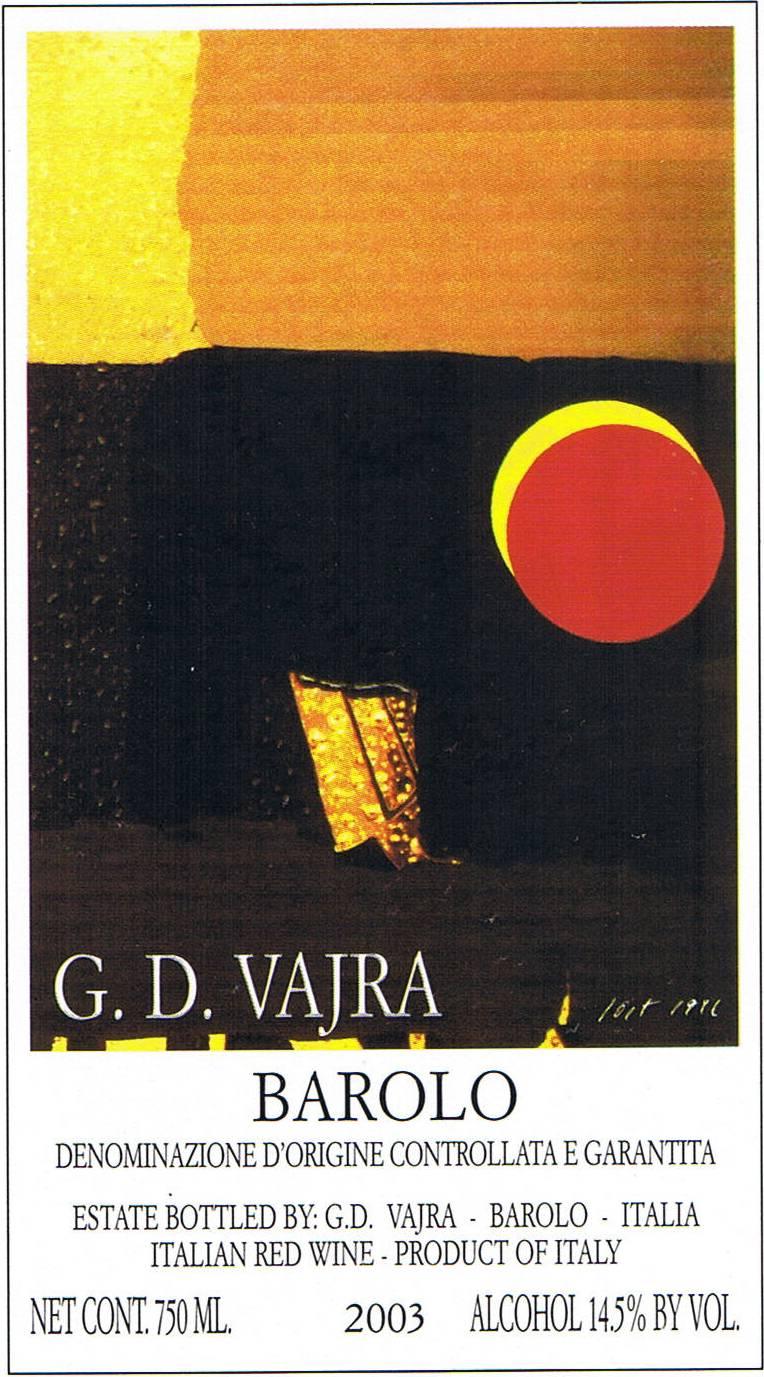2003 Barolo Nebbiolo
Gd Vajra Barolo is a stunning expression of the Nebbiolo grape, showcasing the remarkable qualities of the renowned Barolo region. This red wine exudes a captivating bouquet of dark cherry, dried rose petals, and earthy undertones, creating a sensory experience that is both rich and complex. On the palate, it offers a full-bodied profile with high acidity that brings vibrancy and liveliness, perfectly balancing the wine's robust structure. The tannins are notably firm, contributing to its profound aging potential, while the fruit intensity is prominent, delivering a luscious, mouthwatering experience. As a vintage from 2003, this Barolo is expressive and showcases the finesse and heritage of its terroir, making it a delightful choice for both enthusiasts and collectors alike.
Gd Vajra Barolo is a stunning expression of the Nebbiolo grape, showcasing the remarkable qualities of the renowned Barolo region. This red wine exudes a captivating bouquet of dark cherry, dried rose petals, and earthy undertones, creating a sensory experience that is both rich and complex. On the palate, it offers a full-bodied profile with high acidity that brings vibrancy and liveliness, perfectly balancing the wine's robust structure. The tannins are notably firm, contributing to its profound aging potential, while the fruit intensity is prominent, delivering a luscious, mouthwatering experience. As a vintage from 2003, this Barolo is expressive and showcases the finesse and heritage of its terroir, making it a delightful choice for both enthusiasts and collectors alike.




